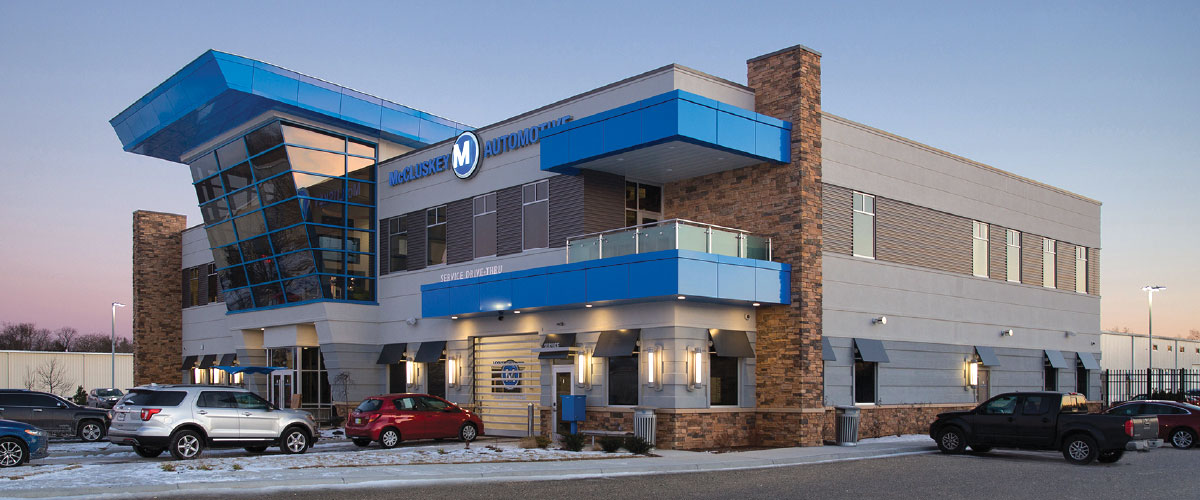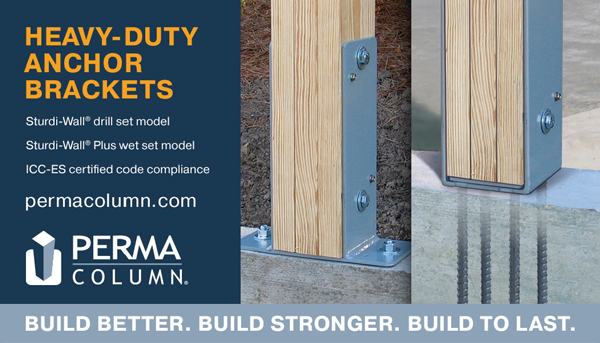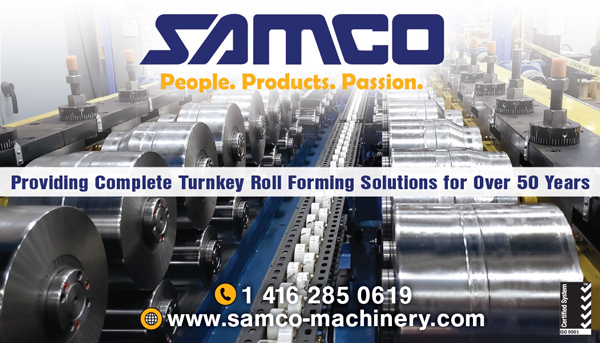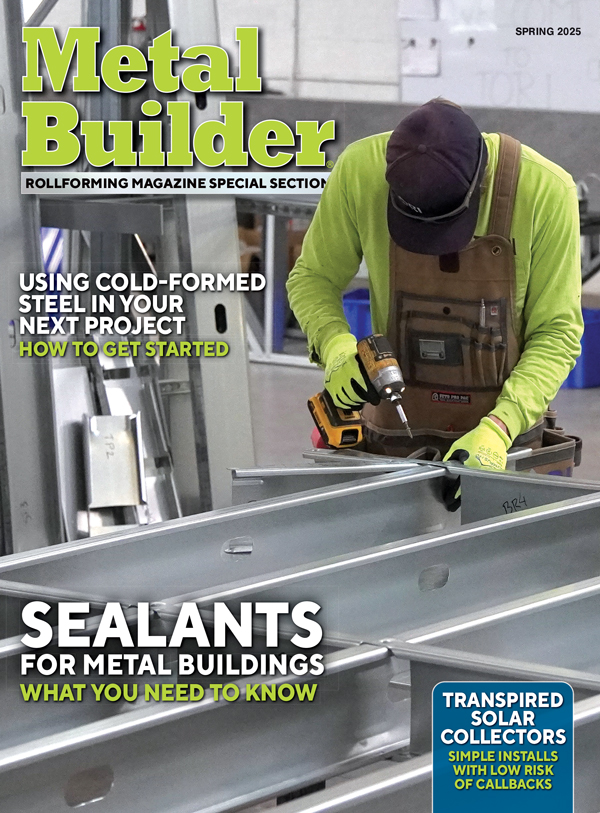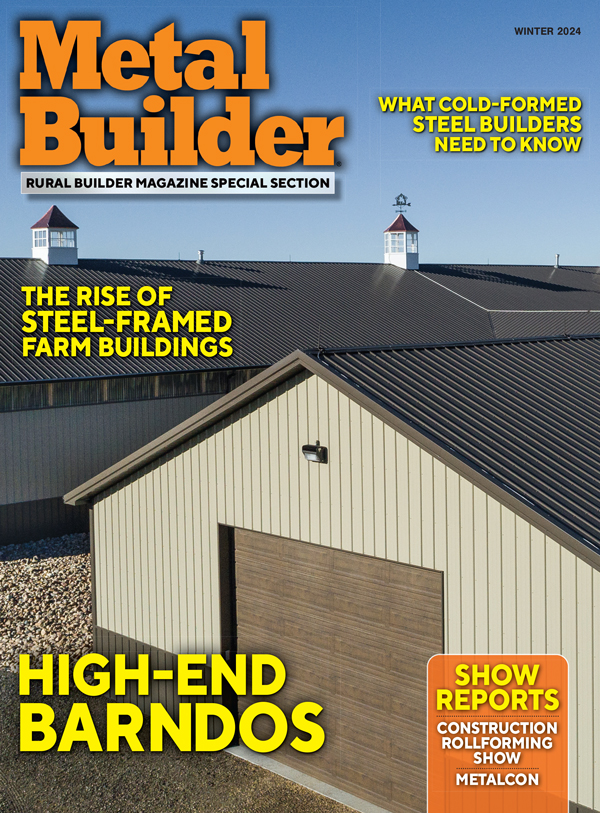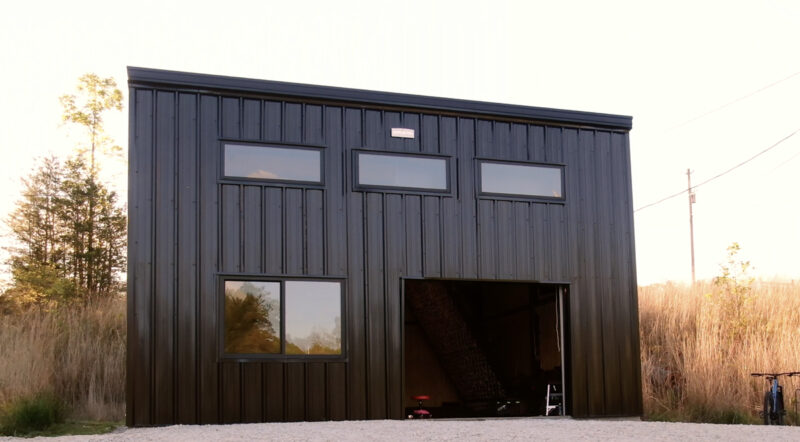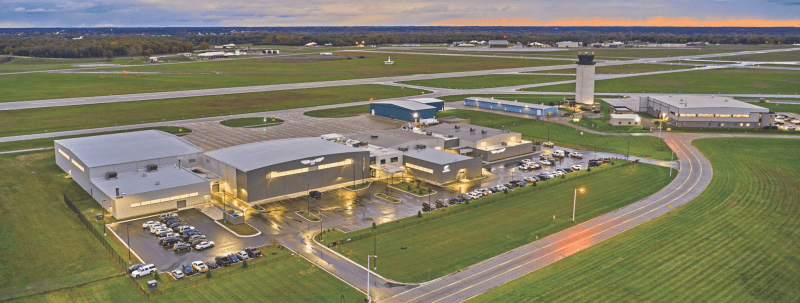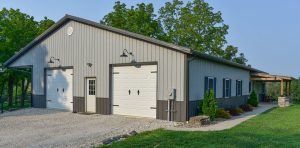This New Framing is Changing Rural Construction
Steel has earned its place in rural construction. It is strong, consistent, lightweight, and resistant to fire, pests, and moisture — clear advantages over traditional timber, especially in agricultural environments. But focusing solely on the material misses a deeper opportunity for rural contractors: how that steel is processed, framed, and delivered to site.
The opportunity isn’t just in what we build with — it’s in how we build it.
And increasingly, the answer lies in automation.
The Labor Equation Is Changing
Across North America and most parts of the developed world, the story is the same in the construction industry: there is less labor available, and it is getting more expensive. Rural builders often wear multiple hats — project manager, estimator, installer — because crews are lean and job sites are remote. Anything that saves time and reduces dependency on skilled labor has real impact.
That is where automated framing systems enter the picture. Instead of manually cutting, measuring, and reworking onsite, builders can work with framing components that arrive pre-cut, pre-punched, and ready to assemble. Less time on the tools. Fewer errors. Better margins.
Repeatability, Not Rigidity
Some rural builders have been hesitant to adopt framing automation, fearing that precision means inflexibility. But modern roll-forming systems offer both accuracy and adaptability.
Want to frame a standard farm shed? No problem. Building a cool store or workshop with non-standard spans? That is possible too. Some systems now support adjustable framing or panelized assembly, meaning rural builders can adapt without sacrificing factory precision. This is especially helpful in rural sites where tolerances shift, ground conditions vary, and projects often evolve mid-stream.
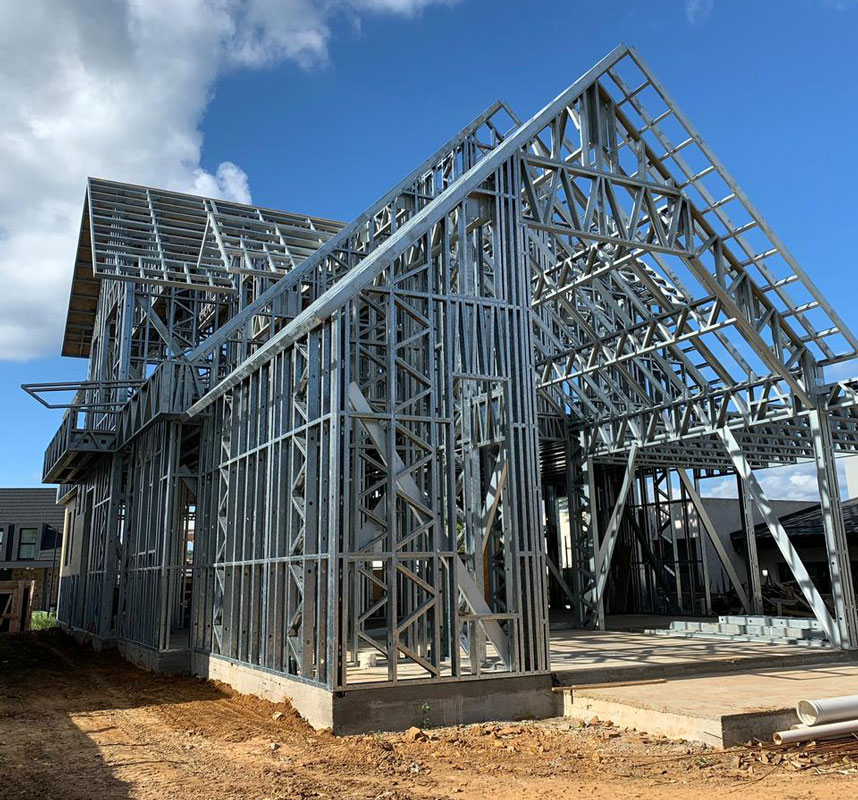
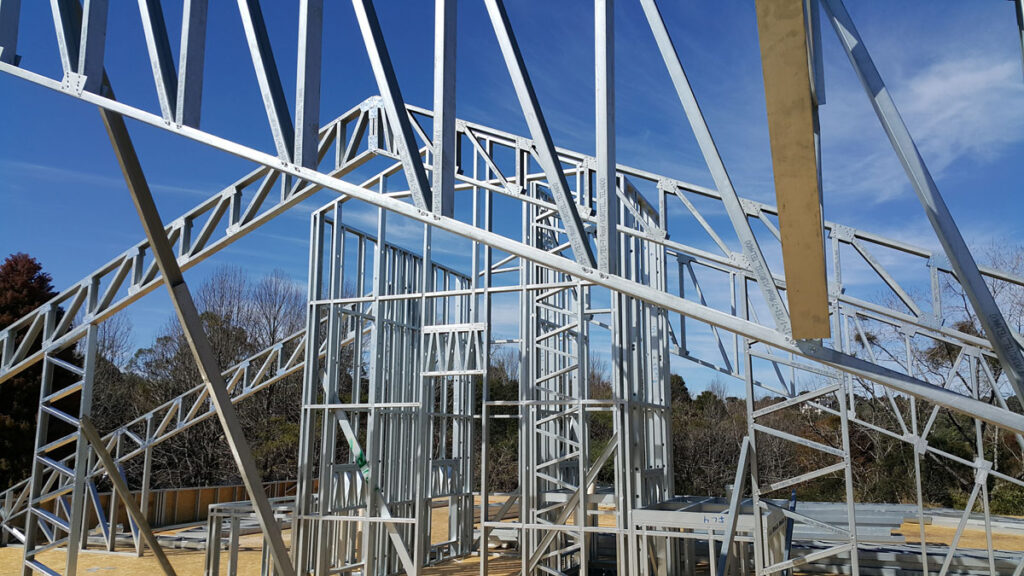
Doing More With Less
Automation is not just about big machines in big factories. It is increasingly accessible to small and mid-size operations. Regional manufacturers and builders can now run compact roll-forming lines or work with framing partners who install these systems — bringing prefabrication benefits into the rural sector without the need for massive infrastructure.
For the rural construction market, this unlocks something powerful: the ability to scale without scaling headcount. Whether you’re producing five sheds a year or 50, framing automation can lift capacity without compromising quality or delivery speed.
An Evolution in Rural Construction
Some call this a future trend. But really, automation is already here — and rural construction is ready for it. The adoption curve we have seen in commercial building is now filtering into sheds, barns, cool stores, and even custom housing on farmland. The question is no longer “if” automation matters in rural construction, but “how” we choose to embrace it.
Light steel construction with automation brings constructors significant commercial advantages. Lightweight material, tensile strength, speed, and ease of construction onsite are inherent benefits. Framing automation provides additional scalability with precision manufacturing, consistency and control — and that is an edge that many builders are seeing as worth investing in.
Nick Coubray is CEO of Howick Ltd and a global advocate for framing automation and for more efficient and sustainable construction practices throughout the industry. He speaks regularly at international industry events and founded STEEL HORIZONS, a platform for thought leadership in steel construction.


